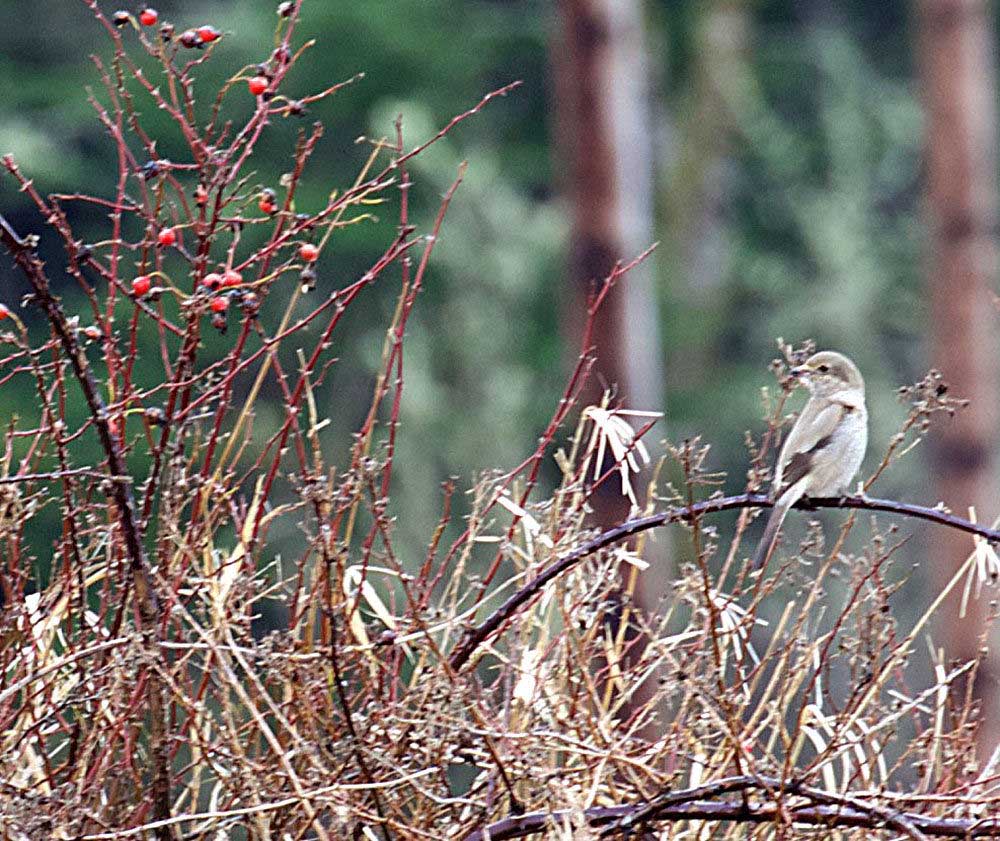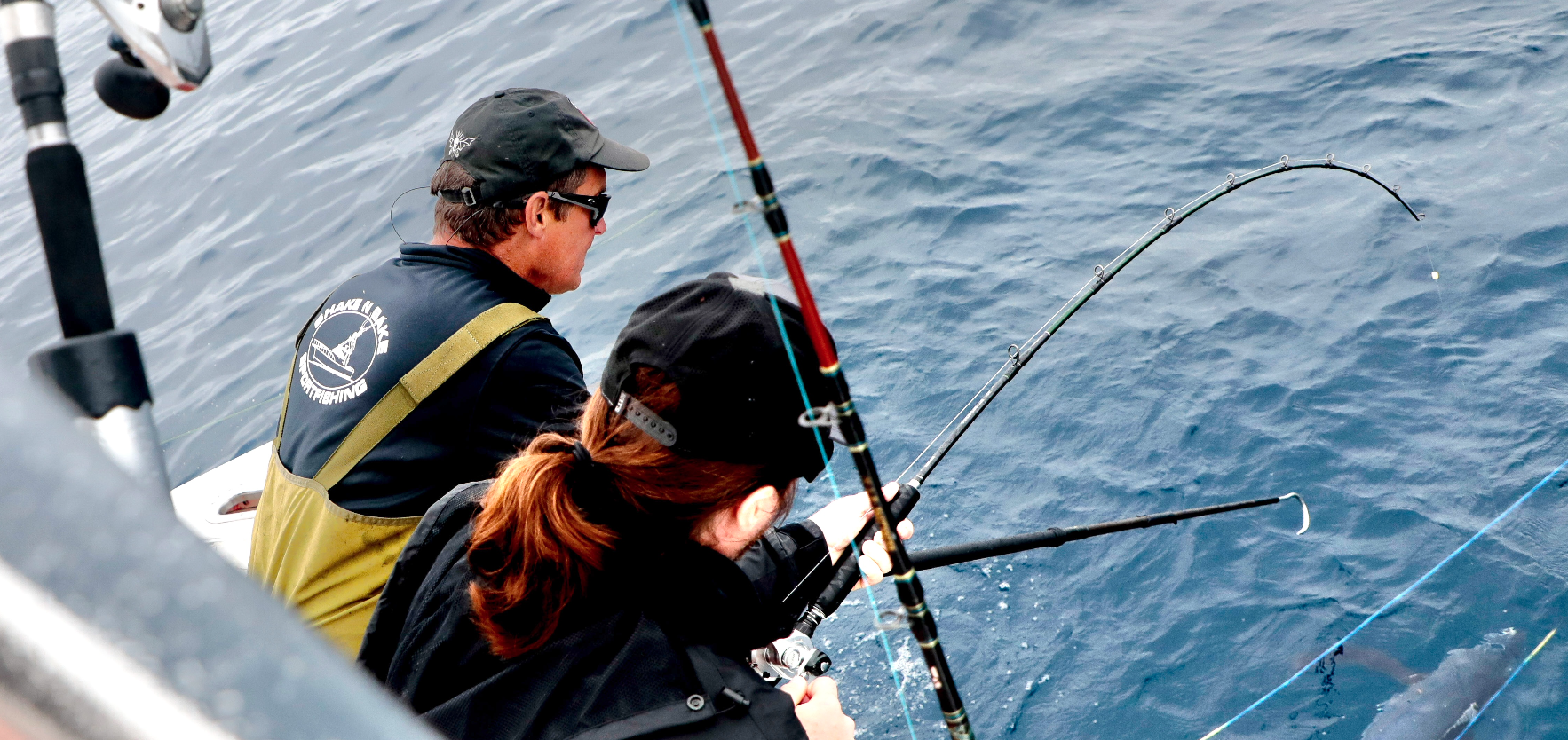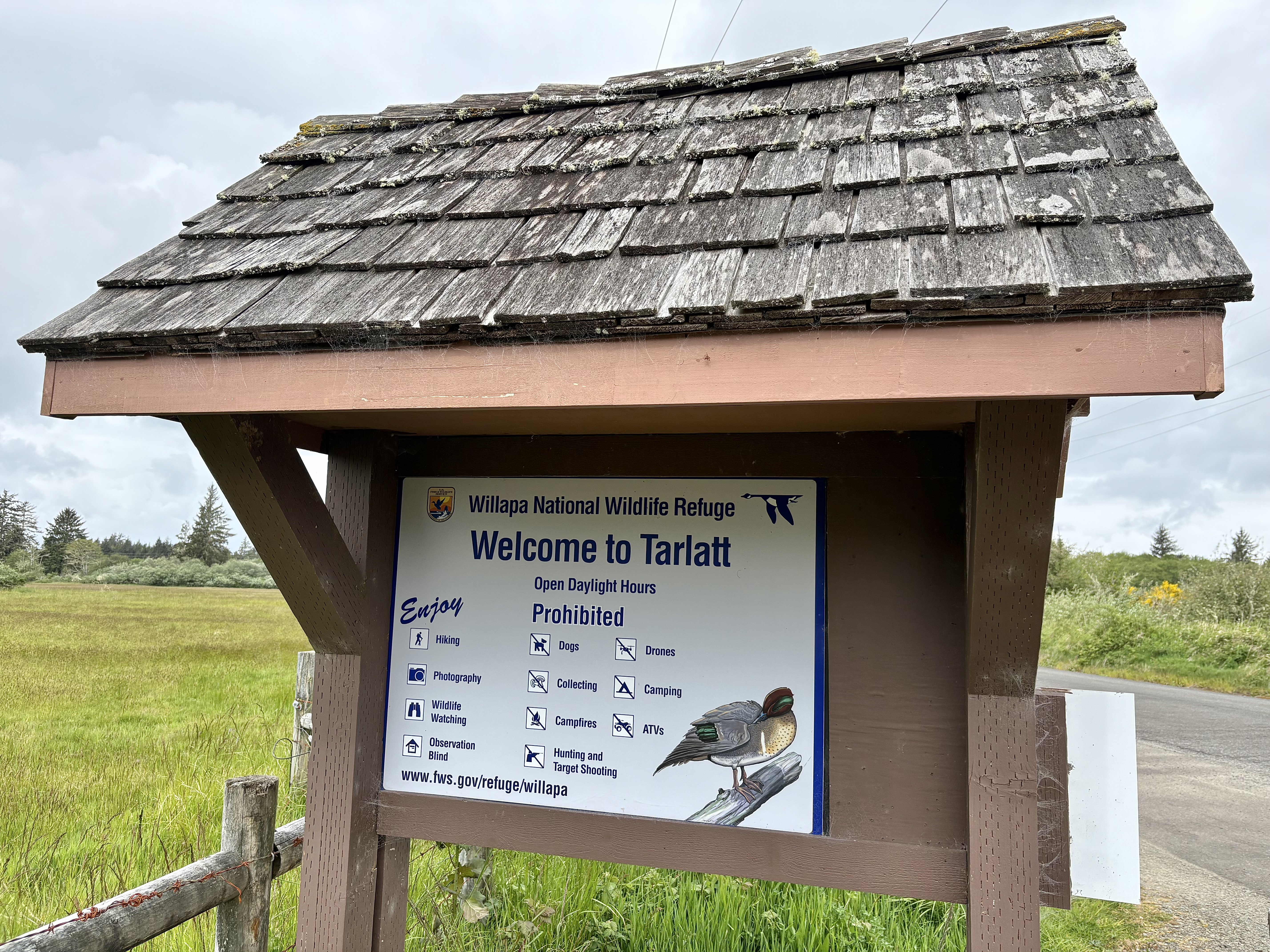Birdwatching: A northern shrike, a butcherbird, can be seen in refuge’s Tarlett Unit
Published 8:43 am Wednesday, February 3, 2016

- Northern shrikes store some of the small prey they kill, such as grasshoppers, by afixing them to thorn bushes and barbed wire. A group of shrikes is called an abattoir, another word for slaughterhouse.
Imagine being called the butcherbird and as a group being called an abattoir! Who would have guessed? Well, the habits of the northern shrike suggest all of these descriptors. They feed on rodents and small birds, which they kill by striking the prey with their powerful, specialized hooked beak. They also eat tasty grasshoppers and other insects. If they don’t eat their prey immediately they hang it on the thorn of a tree or shrub such as the hawthorn. Alternatively, if a thorn tree or shrub is not nearby, the larder may become the barbs on a barbed wire fence.
Trending
A northern shrike is still hanging out at the Tarlatt Unit of the Willapa National Wildlife Refuge. It was first sighted in November 2015. It appears to be a brown, first-winter bird because it is brownish with distinct scaling on the breast. It also has the beginnings of a mask on its face and a blackish tail with white edges. The wings show dark brownish patches. Overall, its appearance is brownish.
If it were an adult bird, it would be gray above with pale gray under parts. It wears a black mask, has black wings with white patches. It is about the size of a robin in length. Its tail is black with white edges. As mentioned previously, the bill is sturdy and hooked.
The northern shrikes are not a permanent resident on the refuge and surrounding areas so it is unlikely to be seen in the summer. It is considered occasional in spring and uncommon in the fall and winter. According to Sibley, the northern shrike winters in open habitats with scattered trees or bushes. This is the exact description of the Tarlatt Unit on the south side of 95th Street.
Trending
Watch for a bird with a swift undulating flight or one that is perched on the tip of a tree, shrub, wire, fence post of other vantage point from which to sight a tasty meal. Visit the Tarlatt Unit of the refuge, and take a walk. You might just see the beautiful northern shrike on the hunt!









